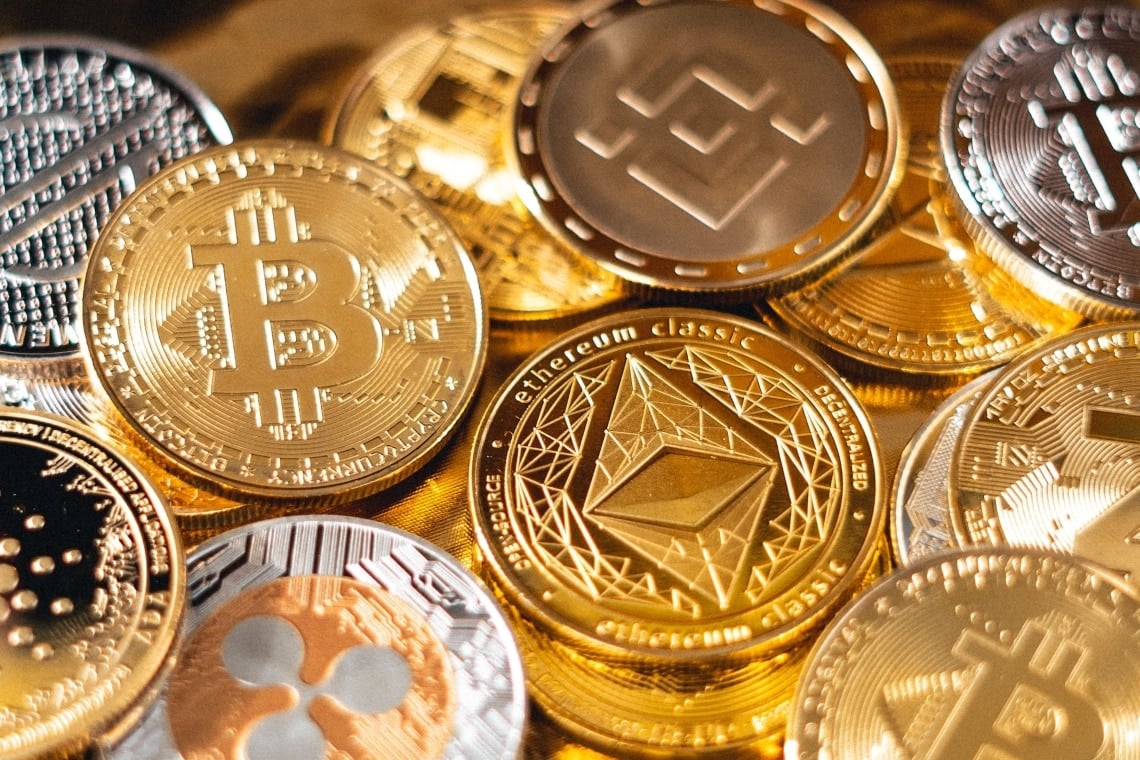It is extremely difficult to identify which crypto might be worth investing in at this time.
However, it is possible to identify trends that could generate increases in value or real speculative bubbles.
In truth, during bear markets, it is somewhat difficult for this to happen, but at the same time bear markets could theoretically be the best times to invest in undervalued cryptocurrencies.
Summary
The trend for figuring out which crypto to invest in
At this specific time for example, decentralized finance (DeFi) might seem to be trending down, given what happened in May with the implosion of Terra’s DeFi ecosystem.
There are, however, those who do not think so. In fact, the co-founder and CEO of Binance, Changpeng CZ Zhao, just yesterday wrote a tweet hinting that a new positive trend may be sparking in the DeFi sector itself.
Binance is investing heavily in DeFi.
(not financial advice)
— CZ 🔶 BNB (@cz_binance) October 23, 2022
The fact that, as CZ reveals, Binance is investing heavily in DeFi does indeed seem to mean that they have detected some sort of awakening of this trend.
The risks of crypto and DeFi
However, it is important not to forget that DeFi is by no means all the same.
For example, the Avalanche project was born in 2020, grew a lot in 2021, and in 2022 suffered a drastic drop in interest. After peaking in November 2021, the price of its native cryptocurrency AVAX fell by 89%. Despite this, it is still a live and active project.
In contrast, the Terra project was born in 2019, grew a lot in 2021, but literally imploded in 2022.
These are two projects in many ways similar, but with a history that took two completely different directions this year. Until May they had evolved almost in parallel, but in May Terra imploded, while Avalanche has only contracted sharply.
It is enough to say that the current price of AVAX is more than five times higher than it was before the 2021 bullrun, while that of Luna Classic (the cryptocurrency of the Terra project) is more than two thousand times lower.
How to invest in the crypto market while avoiding risks
In reality, risks cannot be avoided when investing in DeFi, but one can at least try to reduce them.
For example, by studying the Terra project well before the implosion, it was possible to realize that there was an underlying problem. In fact, it was all based on the UST algorithmic stablecoin which, however, did not have sufficient coverage. In addition, it had a management system based on the volatile value of LUNC (Luna Classic), and so as soon as this started to fall quickly, UST lost its peg with the dollar and caused the whole ecosystem to implode.
Studying the Avalanche project, it could be seen that this problem was not there. So although the risks of an investment in AVAX were still high, they were significantly less so than an investment in LUNC (which was then just called Luna).
The bets on crypto
Investing in these projects is tantamount to betting on their future success, but without having sufficient information to accrue reasonable certainty that they will achieve it.
As always, when investing, it is advisable to invest only amounts that you are prepared to lose, because the risk of losing out is actually high. The moment one realizes that they are basically bets, with relatively little chance of success, one can take a more reasonable and perhaps prudent approach.
That said, sometimes such bets pay off, as, for example, those who bought AVAX in 2020.
Something vaguely similar also happened in 2019, when news began to spread that DeFi was catching on. Those who bought ETH at the time, seeing that Ethereum is the backbone of decentralized finance, could have paid less than $400 for it, and if they held it until now they would be in profit by more than 250%.
Sure ETH is a lower-risk investment than AVAX, or LUNC, but it is still a relatively high-risk investment.
The DeFi landscape
Right now, after Ethereum and BNB Chain, the only other blockchains to have more than $1 billion of tokens locked in DeFi protocols are Tron, Avalanche, and Polygon. They are followed by Arbitrum, Optimism, Solana and Cronos.
It should be noted that Polygon, Arbitrum and Optimism are Layer 2 chains of Ethereum.
An interesting fact about these blockchains is the relationship between the capitalization of their native cryptocurrencies (Mcap) and TVL.
Solana has a very high Mcap/TVL, exceeding 11. This suggests that SOL’s market capitalization might be a bit high.
The one with the lowest ratio is Optimism, with an incredible 0.19, suggesting a very low market capitalization. Even Tron has a decidedly low Mcap/TVL ratio, just over 1.
For reference, Ethereum has it at just over 5, which is unsurprisingly somewhere between Solana’s 11 and Tron’s 1. Ethereum is by far the leading benchmark in the DeFi sector.




